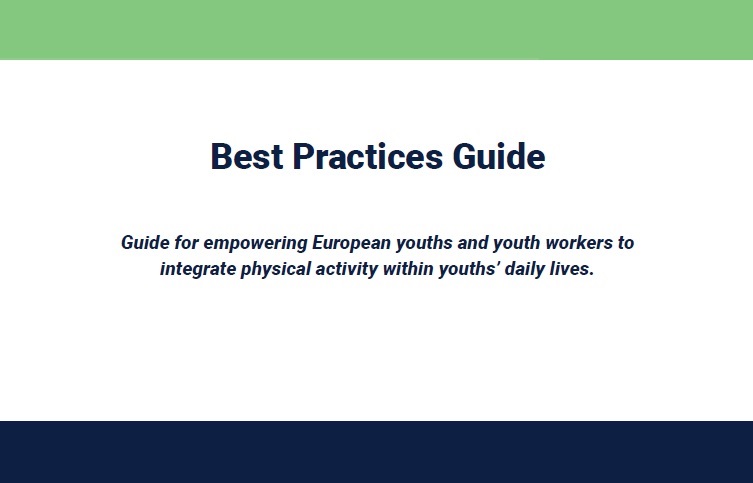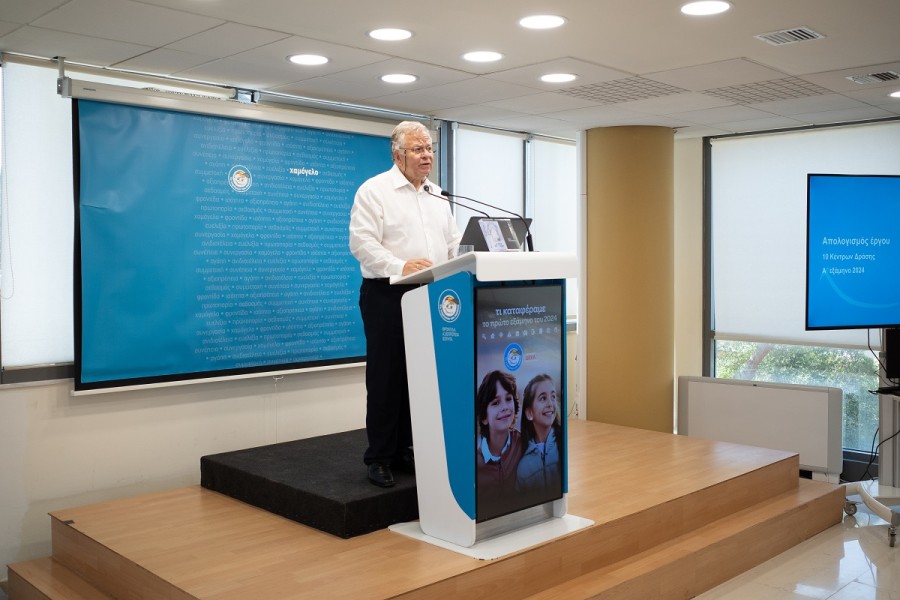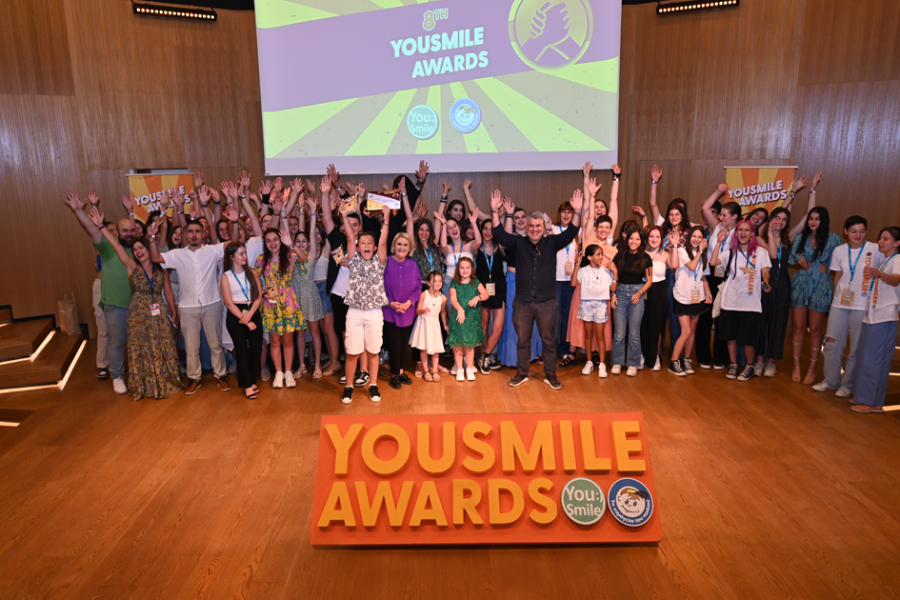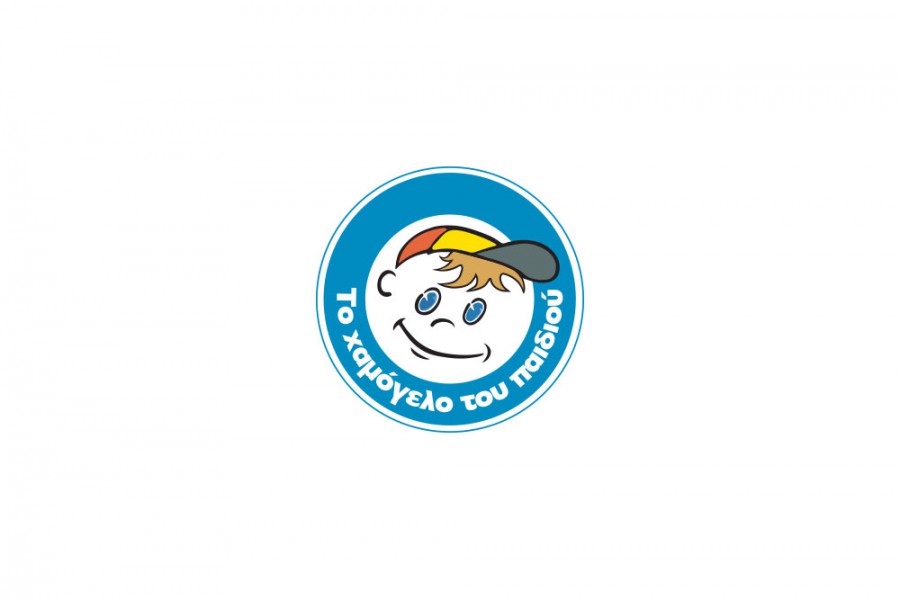Best Practices Guide by Be Active Be Well Project

The guide for empowering European youths and youth workers to integrate physical activity within youths’ daily lives is ready for everyone!
There is ample evidence for the effects of exercise and physical activity on someone’s emotional wellbeing, especially with youths. The strongest effects are found for having fun, less anxieties, more self-confidence and feeling of worth.
In addition, physical activity is proven to have a positive effect on emotional and mood disorders. Physical activity can have the same effects as antidepressants and it ensures that your body is more efficient in dealing with anxieties and stress. It could even prevent the emergence of anxiety and stress.
What do experts say?
Don’t get moody: Your mood improves by being physically active. People who are regularly physically active have a lower chance of developing mood disorders. This could be because of the production and release of serotonin in the body, which is responsible for a good mood.
Deal with anxiety: Besides the antidepressant effects, physical activity is also an effective anti-anxiety medicine. Because it ensures that your body is more capable of dealing efficiently with stress and anxiety. Probably due to the improved functioning of the hippocampus because of being physically active. The hippocampus is a brain area responsible for issuing anxiety signals.
Get people moving: To get youths more physically active, a behavioural change is needed. There are several important behavioural determinants. Three important determinants are habits, the social environment and resistance. To decrease possible resistance against physical activity, it’s important to not oblige youths to be physically active and to not oblige them to do a specific activity.
More findings here: https://drive.google.com/file/d/1d7jttvkm1wse0v7qH89Sqfn7fpqCgqVx/view
What youths say?
In total, 22 youths from Greece, Croatia, Germany and the Netherlands participated in the interviews or discussions. The objective of these interviews was to collect and select the most important themes, topics and functions that need to be addressed in an online platform, user guide for youths and youth workers and a training-event for youth workers.
Discussions and interviews were used to gain insight into the motivators and bottlenecks of youths to be regularly physically active. The most important themes, topics and functions are summarized below.
Motivators/stimulators:
- Social aspect: feeling of togetherness
- Maintain good health: physically and mentally
- Feeling better after physical activity
- Wanting to reach certain goals and see progression
- Enjoyment
Barriers:
- Weather
- Planning/time management: feeling of too little time
- Work/school: a lot of sedentary behavior during the day and being tired afterwards
- Lack of motivation/commitment
- Having to develop a new routine
- Distraction because of screens (television and/or social media)
What youth workers say?
In total, 17 youth workers from Greece, Croatia, Germany and the Netherlands participated in the interviews or discussions. Some were already experienced in integrating physical activity within their work with youths, others weren’t.
The objective of these interviews was to collect and select the most important themes, topics and functions that need to be addressed in an online platform, user guide for youths and youth workers and a training-event for youth workers. All interviewees would like to integrate physical activity in their work and counselling. Reasons to use physical activity in work that were mentioned:
- Positive effects on mental health: proven to be effective against a variety of disorders and health problems (depression, mental decline, improved cognitive functioning, preventing neurological diseases, opportunity for dealing with anxieties
- Activates body and mind:
- Changes energy: makes people more awake and engaged
- Makes people feel more motivated
- Creates body awareness: feel their own body (signals)
- Alternative way of expressing themselves: way for youths to express themselves non-verbally
- Having fun and do something not sedentary and with screens
- Being physically active together makes people more connected
All target groups are open to using an online platform to stimulate youths to become regularly physically active. This guide provides us with an elaborate overview of what to do and what definitely not to do concerning such a platform. Read more here: https://drive.google.com/file/d/1d7jttvkm1wse0v7qH89Sqfn7fpqCgqVx/view




